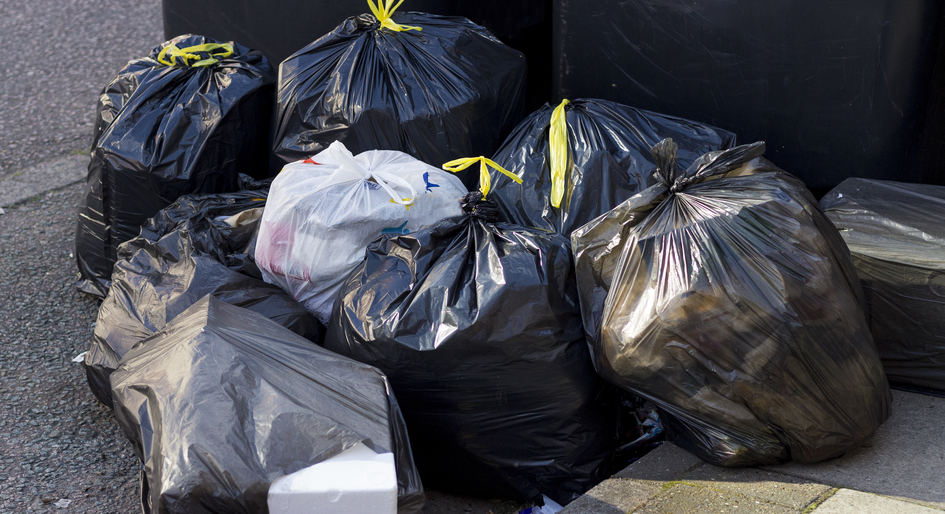Education, innovation and regulation underpin a newly announced effort to reduce the volume of solid waste sent to Saskatchewan land fill sites. Currently, Saskatchewan ranks second among Canadian provinces for per capita disposal, equating to 842 kilograms of waste per resident every year, but the government is now aiming for a 30 per cent reduction from 2014 levels by 2030 and a 50 per cent cut by 2040.
“This strategy is about working together to address the ongoing challenges of waste management and to identify potential new economic opportunities for industry,” Environment Minister Dustin Duncan announced when the solid waste management strategy was unveiled in late January. “This is important because the status quo is unsustainable and the province needs a comprehensive and strategic action plan.”
To begin, a new composting guidance document is pending and the six existing material stewardship programs — which require product producers/distributors to take responsibility for end-of-life decommissioning or disposal — will be reviewed, with a mandate to create additional programs where feasible. The Ministry of Environment will produce an annual progress report with details on six performance measures:
- amount of waste generated in kilograms per capita;
- percentage of population served by a regional landfill model;
- number of landfills closed and decommissioned;
- percentage of population aware of provincial waste reduction and recycling programs;
- amount of new investment to reduce, manage and divert solid waste from landfills;
- number of landfill operators with landfill operator certification;
- percentage of population with access to recycling programs.
Aligned with the new strategy, Innovation Saskatchewan, a provincial agency supporting technological research, development and commercialization, is piloting two new artificial intelligence applications for tracking haulage to and disposal at Saskatchewan land fill sites. The technologies from Regina-based Prairie Robotics Inc. and environmental engineering researchers at the University of Regina were $10,000 prize winners last year, responding to the provincial government’s 2018 plea for monitoring technology.
“Our tech community has developed a tracking and reporting mechanism using artificial intelligence, which can reduce the expense of landfill operations and lead to long-term environmental efficiencies,” says Saskatchewan’s Innovation Minister, Tina Beaudry-Mellor.








